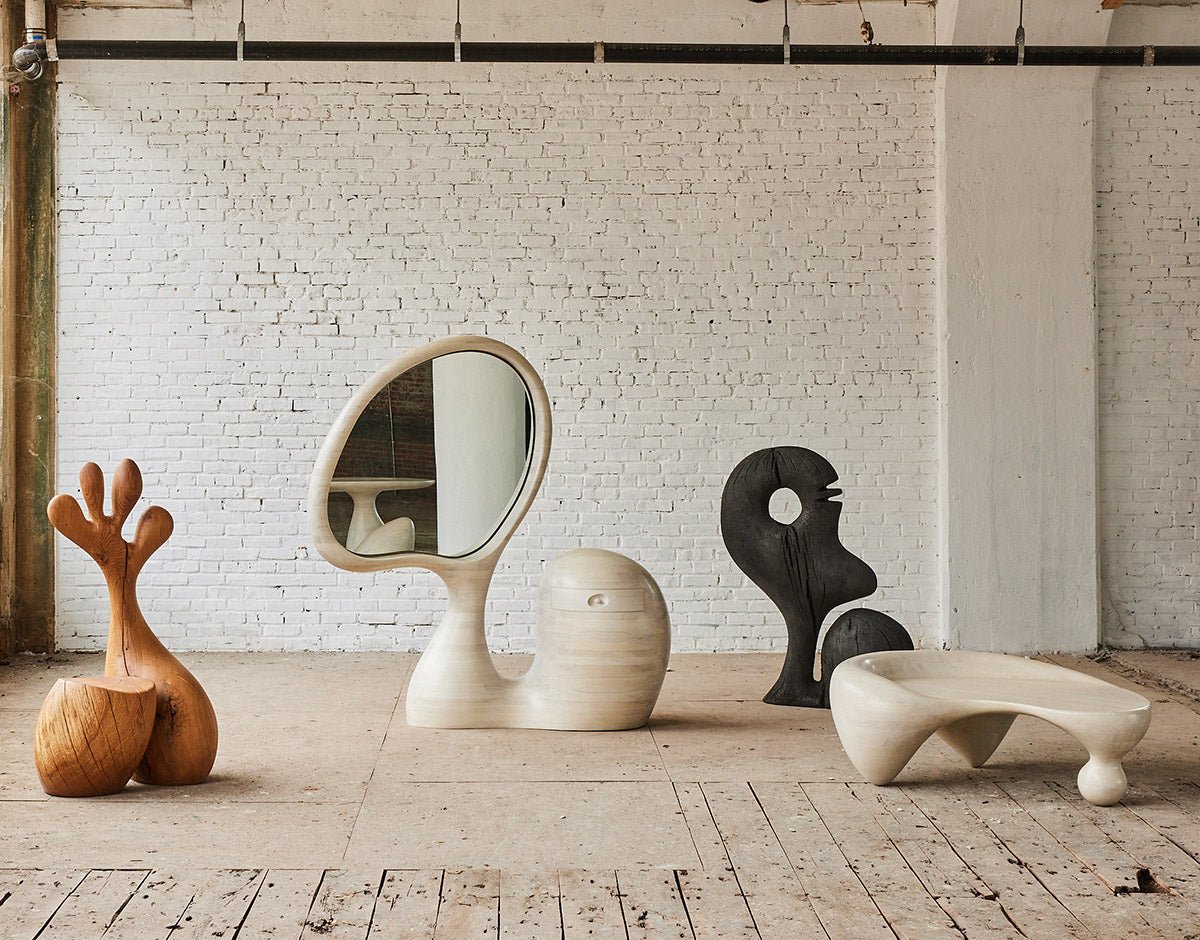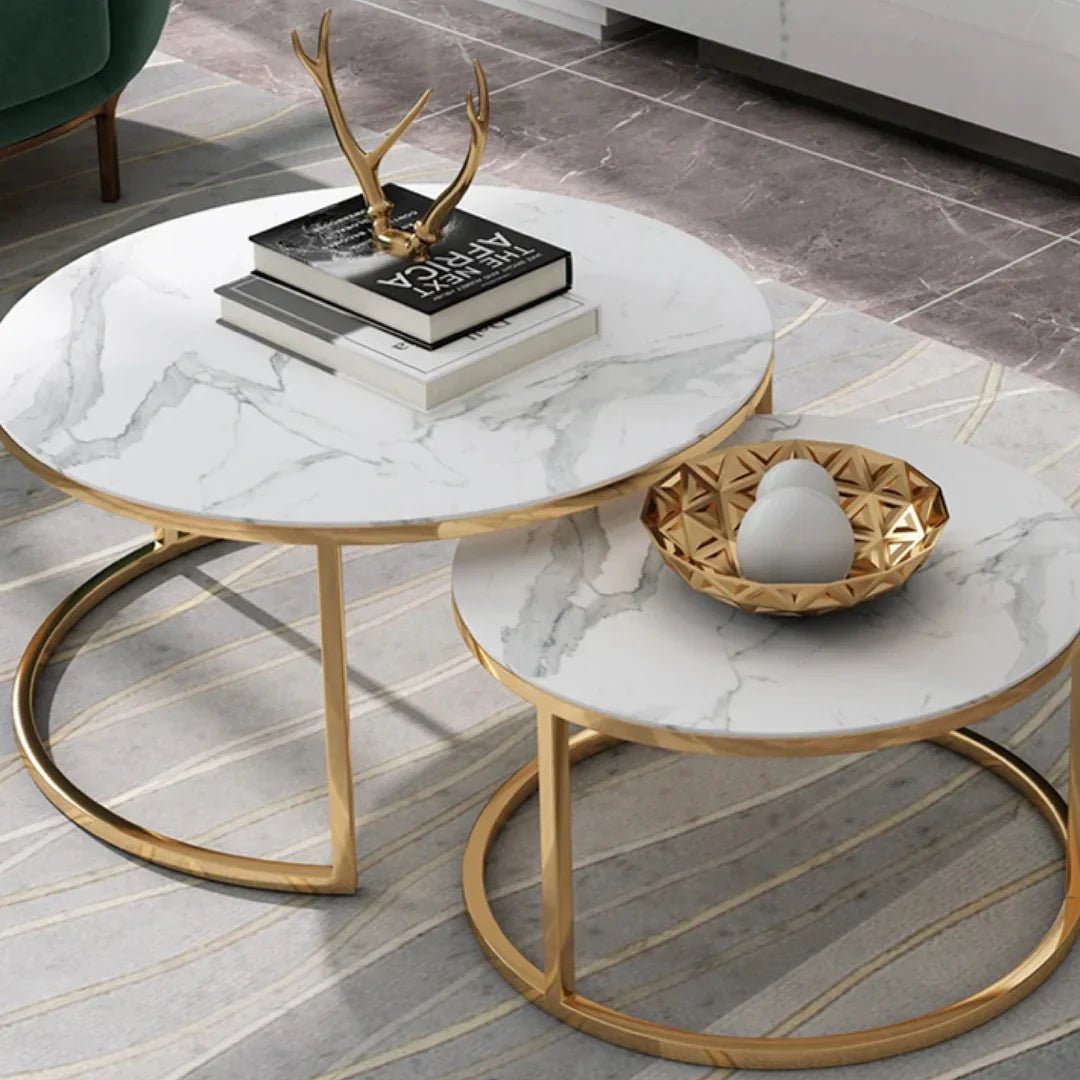In the world of interior design, sculptural furniture represents a perfect union between artistic vision and everyday function. These striking pieces go beyond practicality to become expressive works of art that redefine how we engage with our living spaces. Let’s explore the captivating world of sculptural furniture—where craftsmanship, material innovation, and design principles merge to transform interiors into immersive, visually dynamic experiences.
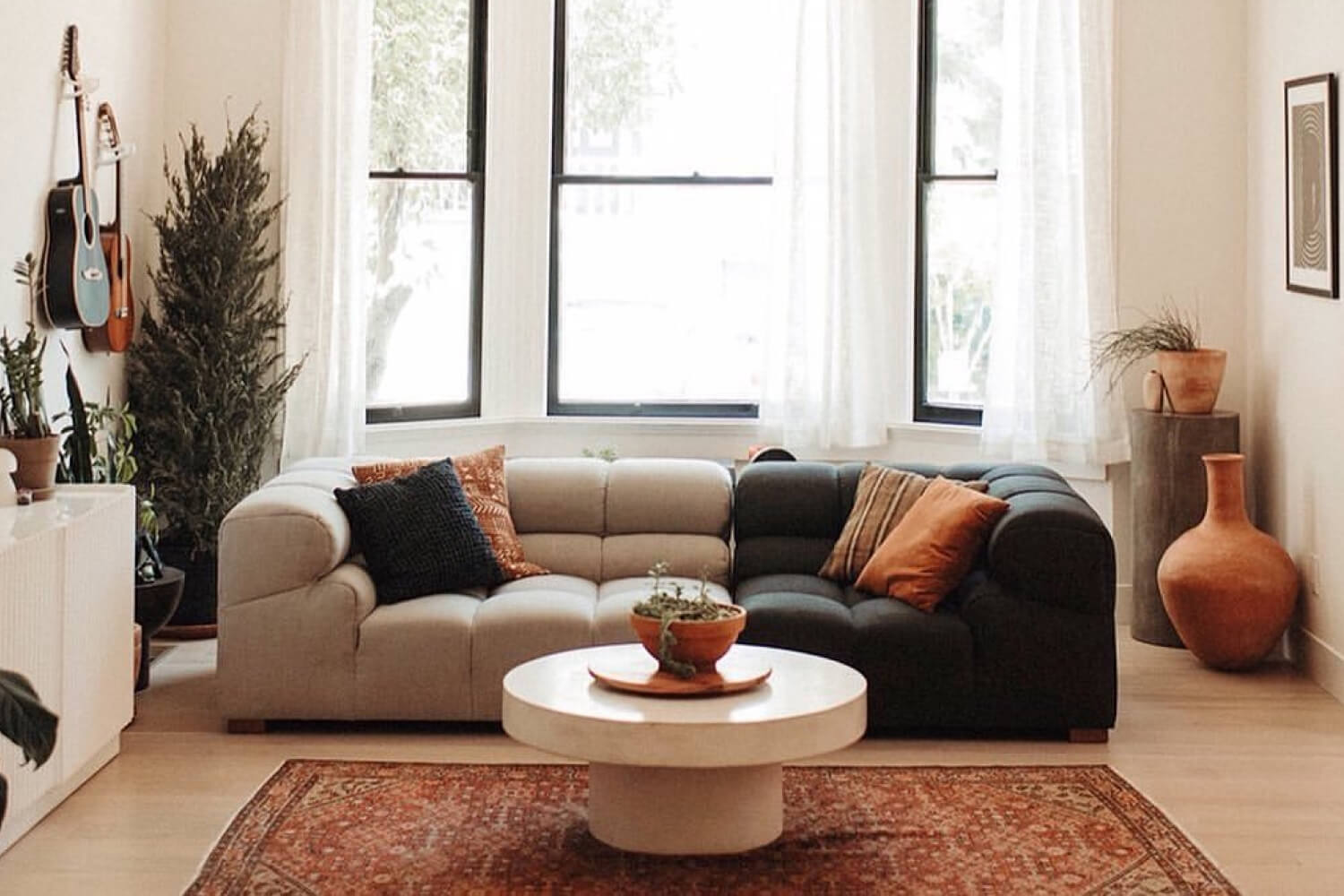
The Essence of Sculptural Furniture
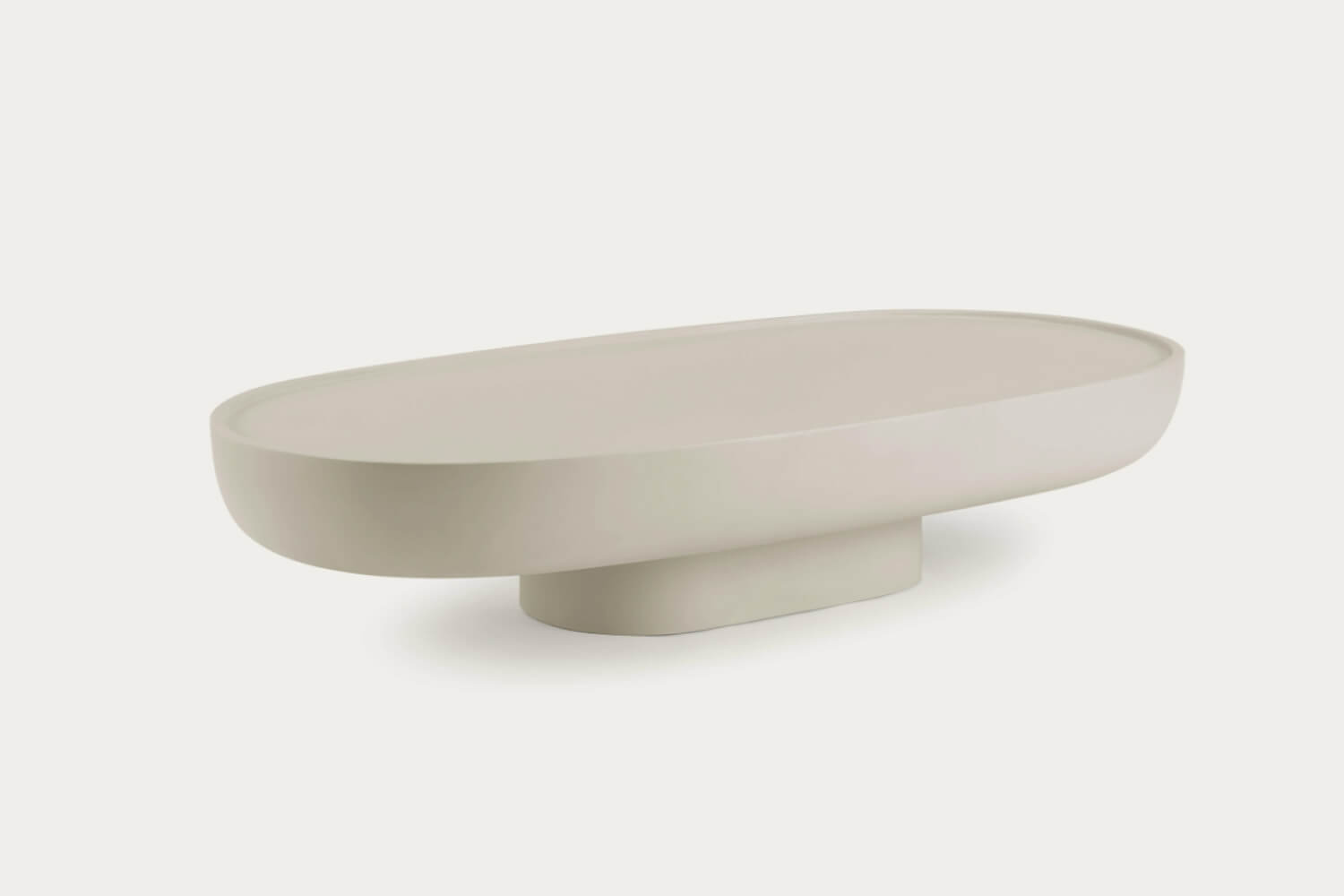
What Is Sculptural Furniture?
Sculptural furniture defies the conventions of standard home furnishings. Rather than focusing solely on utility, these pieces emphasize form, drawing inspiration from art movements, nature, architecture, or the designer’s own imagination. The result? Furniture that doesn’t just occupy space—it elevates it. These statement pieces become focal points, imbuing rooms with character, depth, and emotion.
A Brief History and Evolution
While the idea of furniture as a status symbol has deep historical roots—think of the opulent pieces in royal estates—the modern movement of sculptural furniture took off in the mid-20th century. This era marked a pivotal transition, as designers began experimenting with bold shapes and unconventional materials. Influenced by modernism and abstract art, furniture evolved into a canvas for expression, blending functionality with avant-garde design.
The Craftsmanship Behind Sculptural Furniture
Material Innovation
Materials play a critical role in the impact of sculptural furniture. Designers often blend classic elements like hardwood, stone, and metal with modern alternatives such as fiberglass, resin, acrylic, and sustainable composites. This fusion creates visual and tactile contrasts—smooth and textured, opaque and transparent—that add intrigue and sophistication to each piece.
Skill Meets Artistry
True sculptural furniture requires an exceptional level of craftsmanship. These creations demand not only creative flair but also technical precision. From fluid, hand-carved curves to meticulous joinery, every detail reflects the artisan's commitment to quality and artistry. This craftsmanship ensures that while the furniture captivates visually, it also stands the test of time in function and form.
Core Design Principles of Sculptural Furniture
Form Balancing Function
At the heart of sculptural furniture design is the harmony between form and function. While aesthetics often take the spotlight, usability remains essential. Whether it’s a chaise, table, or armchair, comfort and ergonomics must coexist with striking design. Achieving this balance is a true design feat—one that blends beauty with everyday practicality.
Visual Impact and Aesthetics
Sculptural furniture often boasts bold silhouettes, asymmetry, and unconventional proportions. These dramatic elements contribute to a strong visual identity, allowing a piece to stand alone as a centerpiece or complement other design elements. From flowing organic shapes to geometric abstraction, every curve and line is deliberate, designed to catch the eye and spark conversation.
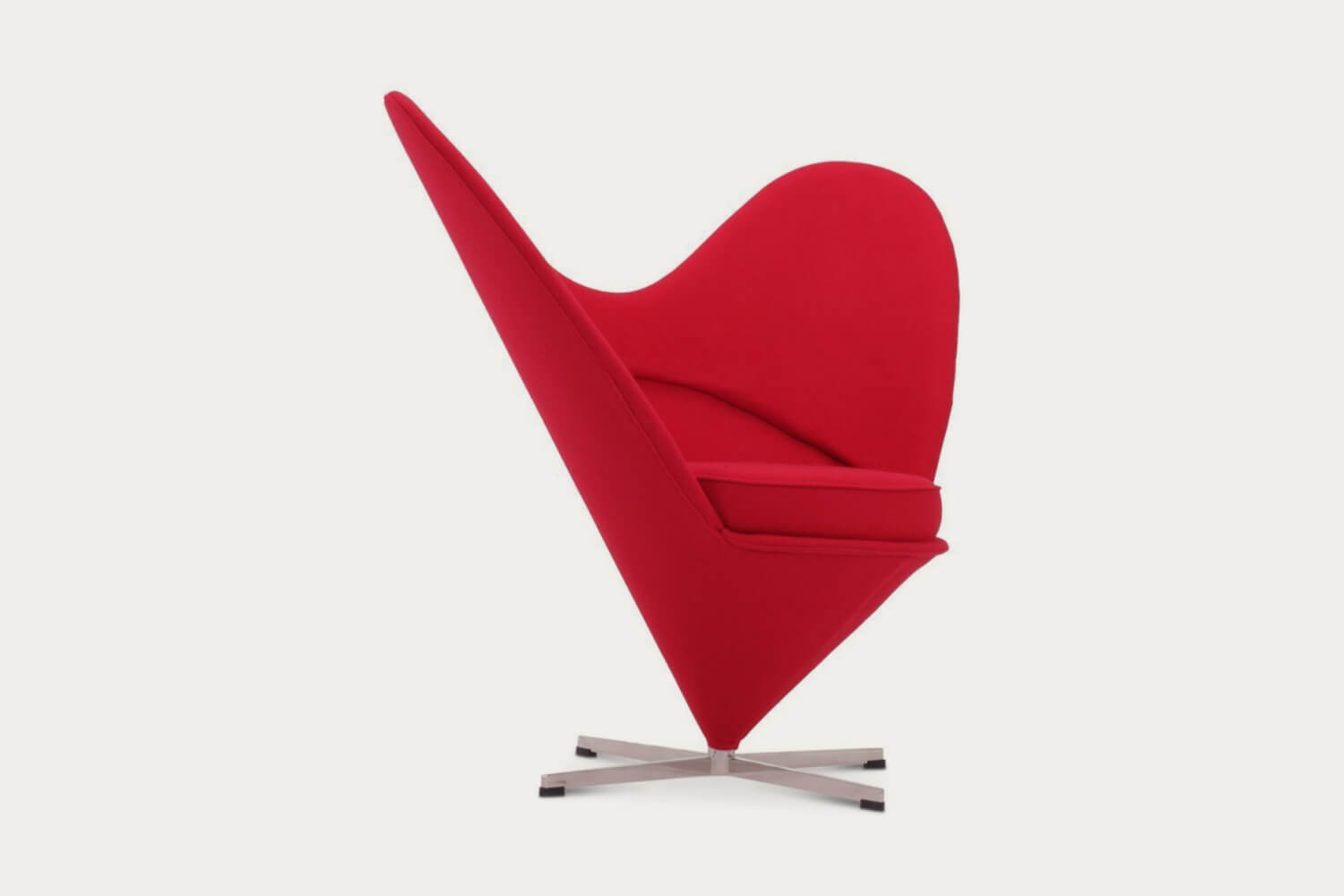
Harmonizing with Interior Spaces
Integrating sculptural furniture into a room requires thoughtful curation. Placement, scale, and surrounding décor all influence how these pieces interact with the space. When chosen and positioned well, they can either serve as statement centerpieces or act as harmonious accents—enhancing the room without overwhelming it.
More Than Furniture: An Emotional and Personal Statement
Evoking Emotion Through Design
Sculptural furniture isn't just visually stimulating—it’s emotionally resonant. Whether it’s a piece that exudes serenity with its gentle contours or one that energizes with bold lines and angles, these designs evoke feelings and create atmosphere. They shape how a space feels as much as how it looks.
A Reflection of Personal Style
Choosing sculptural furniture is a deeply personal decision. These pieces often reflect the homeowner’s aesthetic sensibilities, values, and passions. More than just décor, they serve as extensions of one’s identity—expressing individuality and taste in a tangible, artful way.
Looking Ahead: The Future of Sculptural Furniture
The future of sculptural furniture is bright and boundless. With continued advancements in technology, sustainable practices, and material science, designers are pushing creative boundaries further than ever before. We can anticipate increasingly imaginative, functional, and emotionally powerful designs that not only enhance the aesthetics of our interiors but also speak to our evolving lifestyles.
Sculptural furniture invites us to rethink what furniture can be—not just tools for living, but expressions of creativity, emotion, and purpose.


